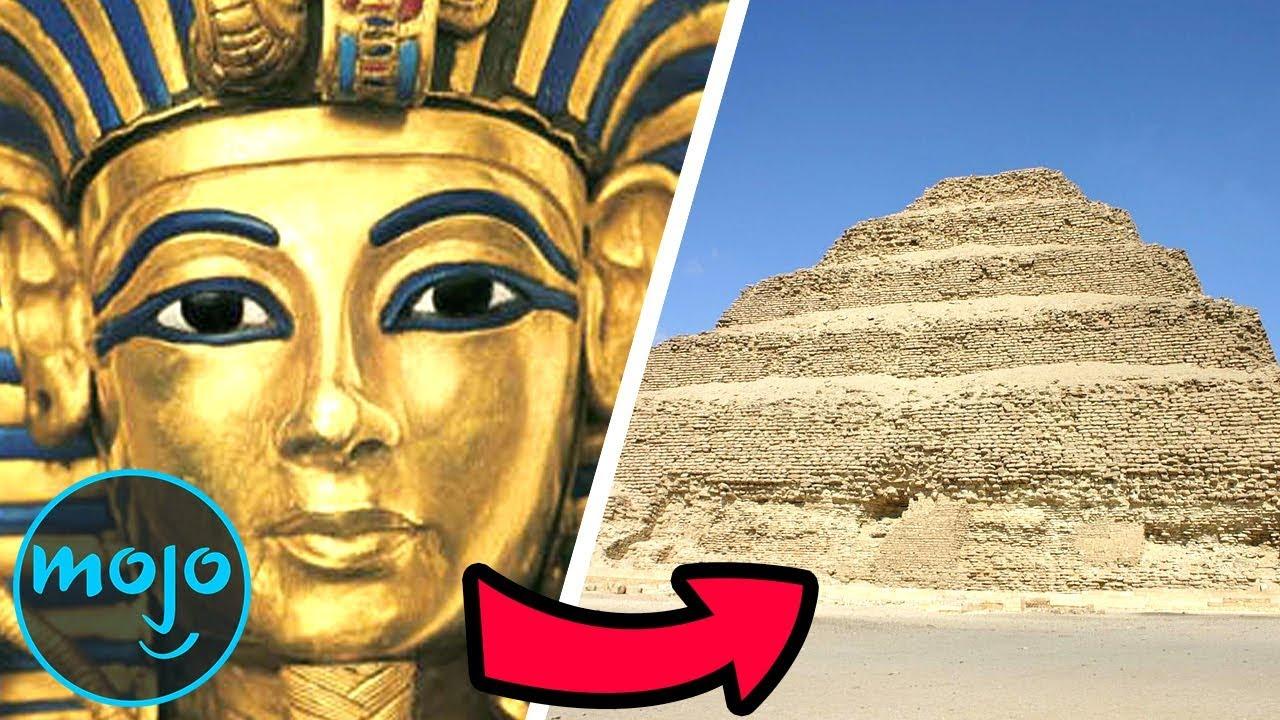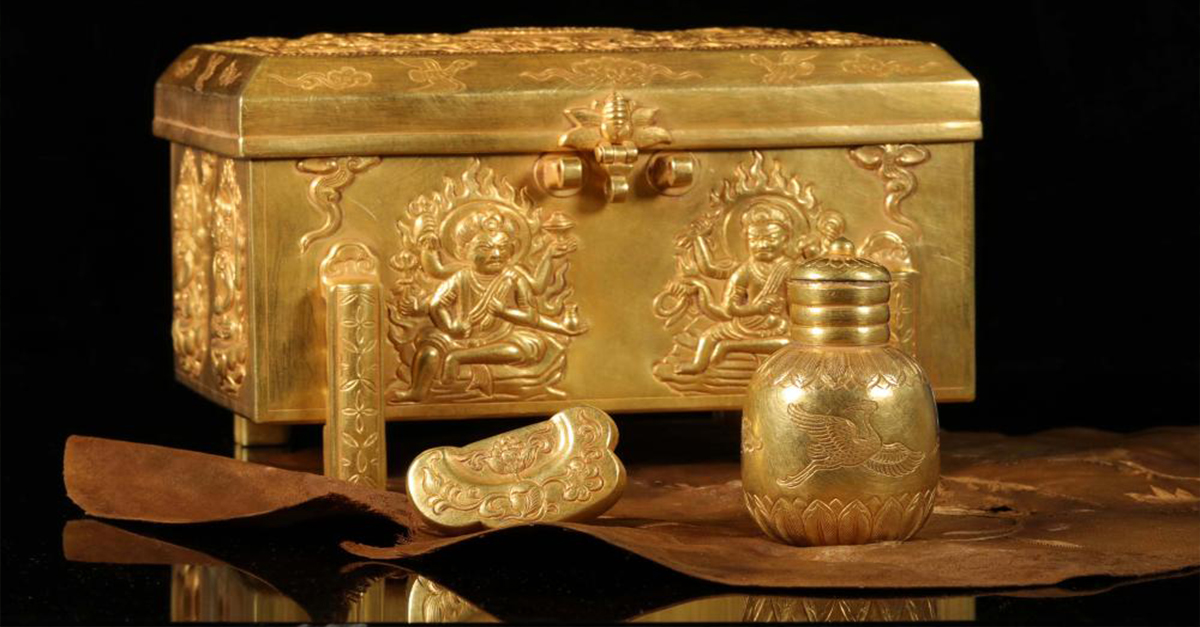Delving into the fascinating realm of ancient history, it turns out that the youthful King Tut wasn’t just a ruler but also a fashion aficionado, boasting an extensive collection of footwear. The sensational unearthing of Tutankhamun’s tomb, known as KV62, orchestrated by the renowned Egyptologist Howard Carter in the 1920s, captivated the global imagination. While the dazzling golden death mask stole the spotlight as an iconic symbol of ancient Egypt, it wasn’t until the year 2007 that experts embarked on a meticulous study of the regal pharaoh’s footwear.
Imagine the intrigue surrounding the tomb’s unveiling, a momentous event that echoed through time. The treasures hidden within the burial chambers sparked worldwide fascination, with headlines chronicling the extraordinary findings. However, amidst the glittering artifacts, it was the overlooked realm of Tutankhamun’s shoe collection that awaited its turn in the archaeological spotlight.
Fast forward to 2007, where a dedicated team of experts decided to peel back the layers of history by scrutinizing the footwear adorning the young king. This revelation added a new dimension to our understanding of Tutankhamun’s life, showcasing a king who not only ruled with grandeur but also walked the corridors of his kingdom with a keen eye for style.
As the meticulous examination unfolded, the details of Tutankhamun’s shoe collection emerged, shedding light on the craftsmanship and fashion sensibilities of ancient Egypt. The study of his footwear not only offered a glimpse into the material culture of the time but also provided a unique perspective on how even the most powerful figures in history expressed themselves through personal adornment.
Thus, the narrative of King Tut extends beyond the golden artifacts and transcends into the realm of his everyday life, offering a richer tapestry of the past. The discovery of his diverse and sophisticated shoe collection invites us to reimagine the young pharaoh not just as a ruler but as a tastemaker, leaving an indelible mark on the sands of time with both his reign and his impeccable sense of fashion.
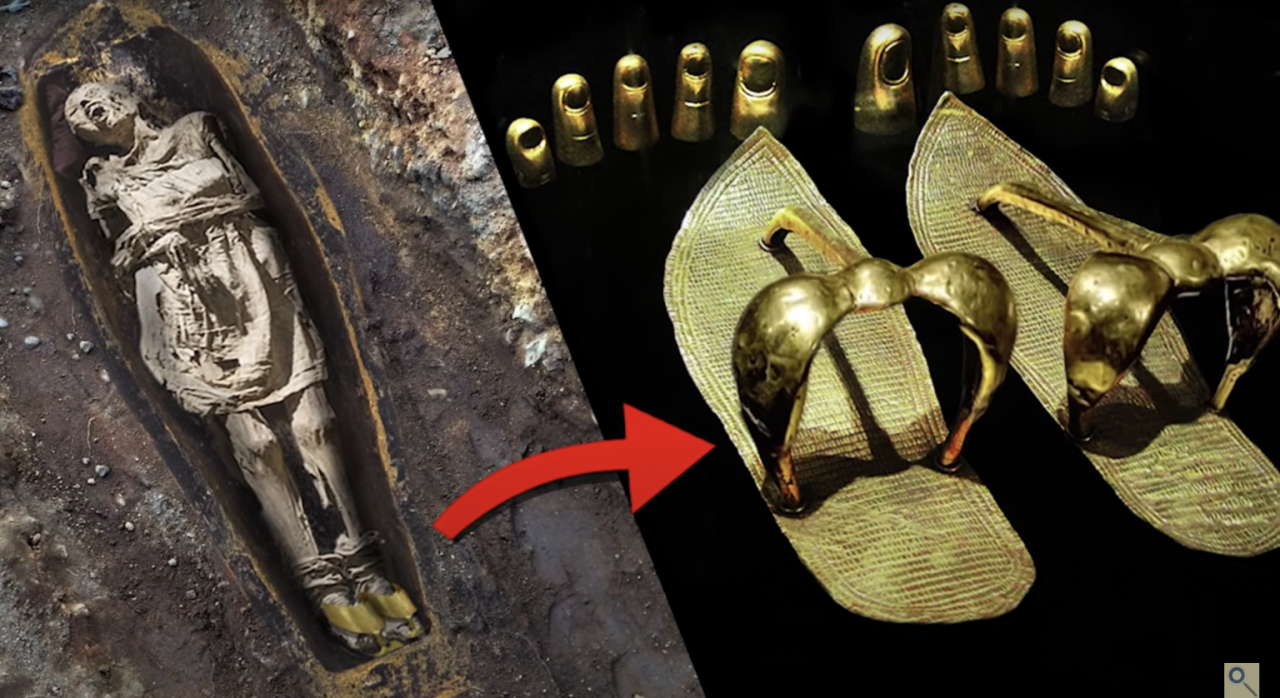
While the exact number of sandals is unclear, at least 80 specimens were discovered in King Tut’s largely intact tomb, included to accompany him to the afterlife. While some were discovered in surprisingly good condition, for others all that remained were small fragments of foot straps. The best preserved were the golden sandals discovered on the feet of King Tut’s mummy.

Andre Veldmeijer, Dutch archaeologist and author of Tutankhamun’s Footwear: Studies of Ancient Egyptian Footwear, carried out the study of 81 samples preserved in the Luxor Museum and the Egyptian Museum in Cairo. This was all that remained of a wide variety of footwear buried with Tutankhamun, a collection that included sewn sandals and beaded sandals. At that time, they were a delight to the eye, made from gold, birch bark, plant fibers, precious stones, leather and gold.
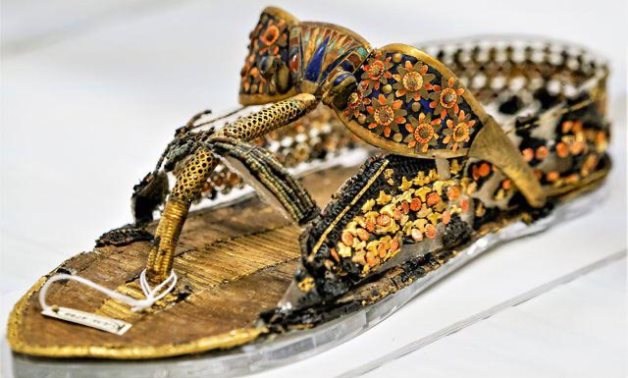
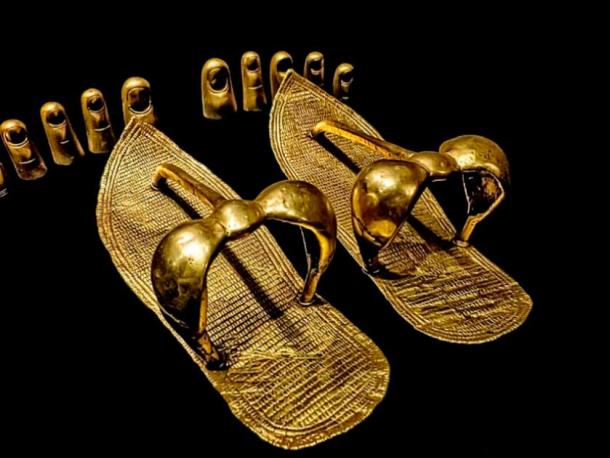
DNA testing and CT scan analysis of his remains have revealed that King Tutankhamun likely suffered from birth defects caused by inbreeding, including clubfoot and foot malformations that would have caused him to walk with a limp and require the use of a walking stick. . Among the collection of shoes discovered in his grave, three pairs of shoes were found to have horizontal straps under the toes that could have been created to help him walk with difficulty. “These features are not known in any other shoe, sandal or shoe,” Veldmeijer said in an interview with Discovery News.
What is even more striking is the depiction of tied enemies on more than one pair of sandals included in King Tut’s tomb. While experts are unsure whether these sandals were actually worn or were merely symbolic, the inner soles of a pair of elaborately veneered marquetry sandals depict an African prisoner on one sandal and an Asian prisoner on the other, representing the enemies of King Tut’s kingdom. Considering that in ancient Egypt artistic representations were used to manifest reality, the message was quite clear. Every time Pharaoh took a step, he would have literally been stepping on the faces of his enemies.



